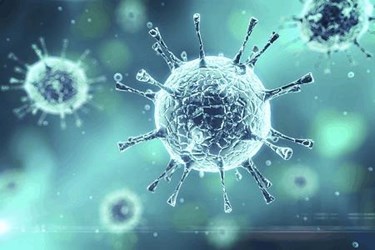Development Of A Two-Column Manufacturing Process For Adenovirus

Large-scale downstream processing of viruses for clinical applications poses challenges different from those for many other biotherapeutics. Adenovirus vectors are effective tools for the transfer of genetic material into mammalian cells. They offer several advantages, including the capacity to accommodate up to 37 kb of foreign genetic material, very high infection efficiency, ability to infect a wide variety of both dividing and nondividing cell types, lack of integration into the host chromosome, and availability of production systems capable of generating high virus titers. These and other qualities have led to adenoviruses being the most used gene transfer vectors in experimental therapies, accounting for 25% of all gene therapy trials. As of 2014, they had been used in almost 500 clinical trials.
Get unlimited access to:
Enter your credentials below to log in. Not yet a member of Bioprocess Online? Subscribe today.
